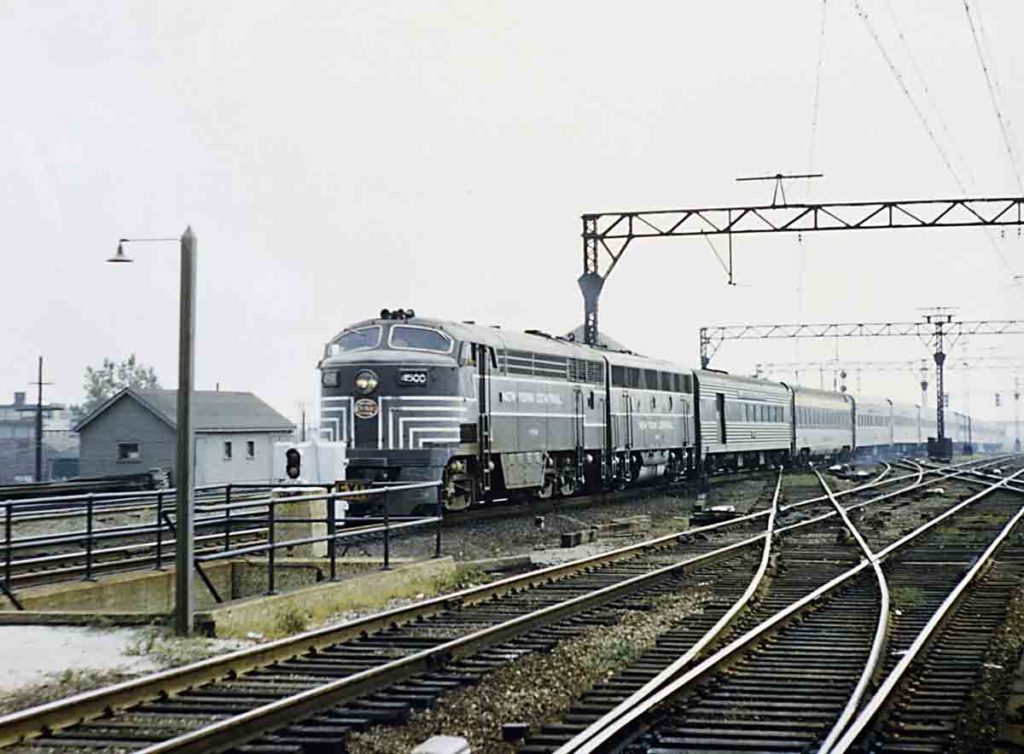
Rare CPA-24-5 4500 (partially hidden by a signal box) and an F3B lead NYC’s James Whitcomb Riley north at Illinois Central’s 115th Street station; second car is a C&O Newport News–Chicago sleeper. Gordon E. Lloyd What makes a perfect photo? Perhaps first and foremost, “perfect” is an abstraction, perfection being generally defined in the mind […]
Read More…
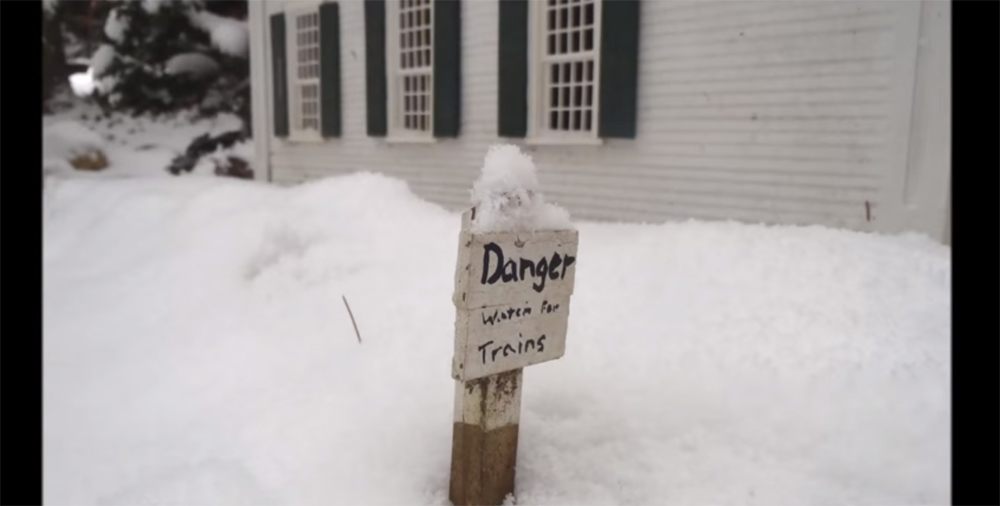
Name: Eric Schade Forum User Name: captain perry Railroad Name: Winnegance and Quebec Location: Phippsburg, Maine Scale: 1:13.7 (7/8″=1 foot) Theme: Maine two foot gauge Description: I built a steam rail bus powered by an Accucraft Dora…the smallest live steamer they make. Here she is plowing snow on my line. she does pretty well with […]
Read More…
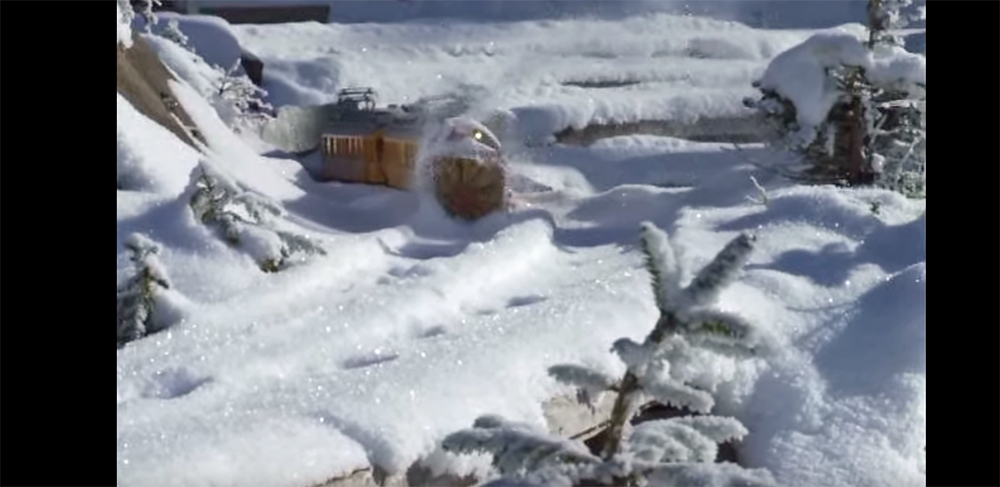
Name: Andi Engi Railroad Name: Xrot snowblouwer at work Location: Wengen Switzerland Scale: G IIm 1:24 Theme: snowblower Description: super snow conditions to hurl the Xrot by Mr. Getz. There were eight built. […]
Read More…
Name: Joe Muscanere Location: Texas Scale: O Theme: Steam era Description: LIONELVILLE 2014 Welcome back to Lionelville for Christmas 2014. Running this year on the Main Line is MTH Santa Fe Hudson #3461 pulling the “Fast Mail Express” passenger train. On the Branch Line is a vintage Lionel 726 Berkshire from 1947 with 2426W tender […]
Read More…
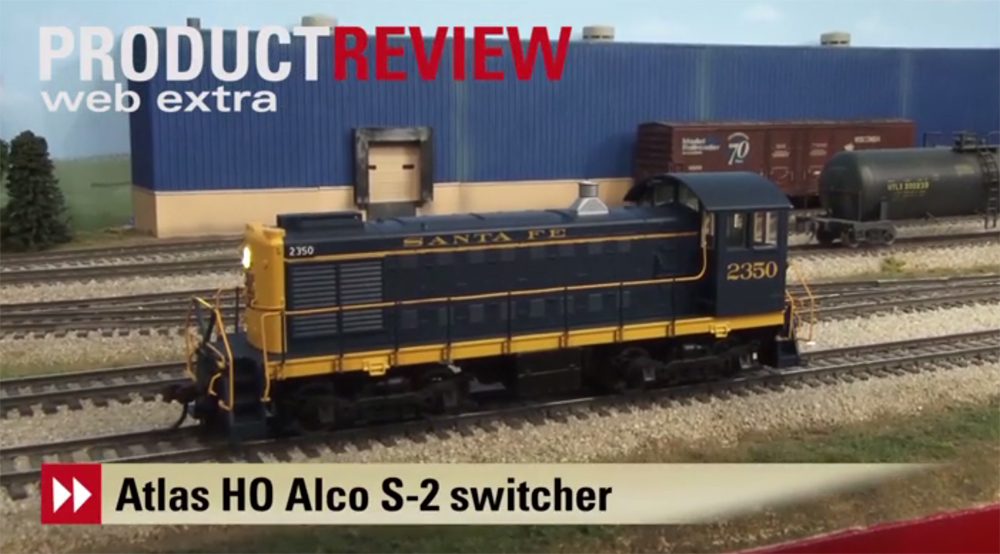
The Atlas HO scale Alco S-2 diesel switcher features an ESU LokSound Select Digital Command Control (DCC) decoder. See and hear the locomotive model in action as it hauls freight trains on the Model Railroader staff’s layout. […]
Read More…
Name: Joe Muscanere Location: Texas Scale: O Theme: Steam era Description: LIONELVILLE 2014 Welcome back to Lionelville for Christmas 2014. Running this year on the Main Line is MTH Santa Fe Hudson #3461 pulling the “Fast Mail Express” passenger train. On the Branch Line is a vintage Lionel 726 Berkshire from 1947 with 2426W tender […]
Read More…

The Atlas HO scale Alco S-2 diesel switcher features an ESU LokSound Select Digital Command Control (DCC) decoder. See and hear the locomotive model in action as it hauls freight trains on the Model Railroader staff’s layout. […]
Read More…
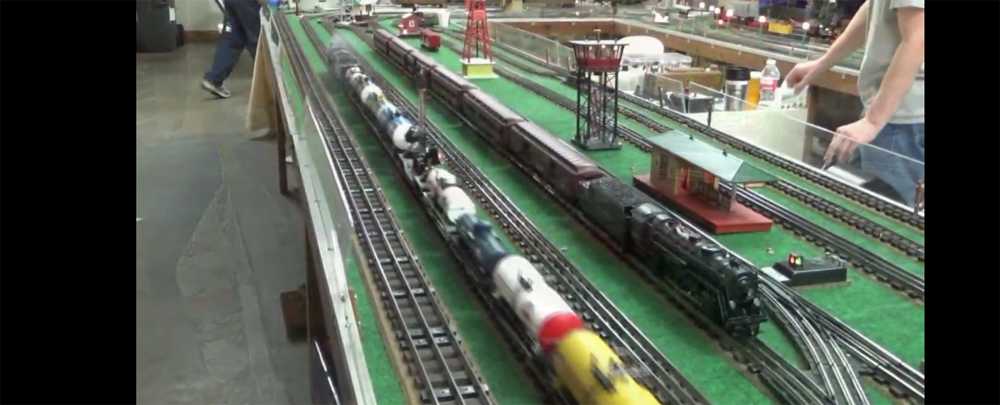
Name: Joe Muscanere Railroad Name: TCA Gulf Coast Chapter Layouts Location: Houston, Texas Scale: O, S, Standard Description: TRAIN COLLECTORS ASSOCIATION LONE STAR DIVISION GULF COAST CHAPTER 2015 WINTER TRAIN MEET O Gauge, S Gauge, and Standard Gauge model trains running at the TCA Lone Star Division Winter Train Meet held January 3, 2015 in […]
Read More…

Name: Joe Muscanere Railroad Name: TCA Gulf Coast Chapter Layouts Location: Houston, Texas Scale: O, S, Standard Description: TRAIN COLLECTORS ASSOCIATION LONE STAR DIVISION GULF COAST CHAPTER 2015 WINTER TRAIN MEET O Gauge, S Gauge, and Standard Gauge model trains running at the TCA Lone Star Division Winter Train Meet held January 3, 2015 in […]
Read More…
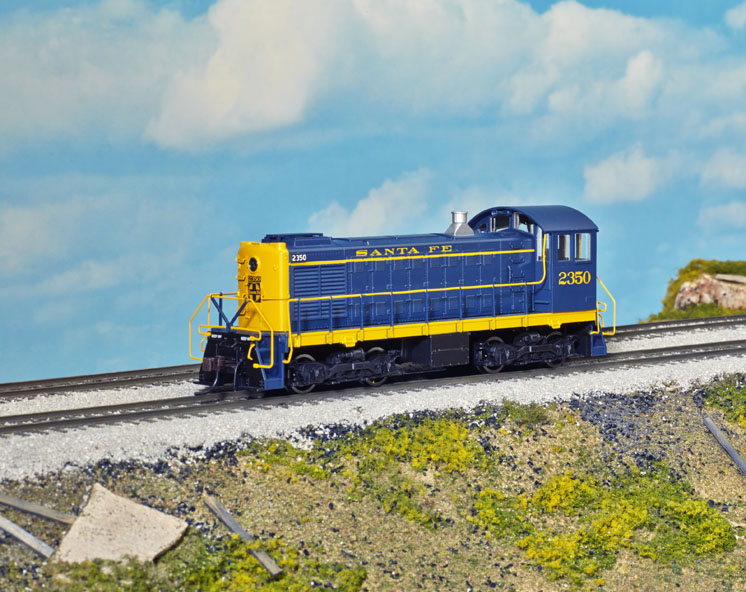
Atlas HO scale Alco S-2 diesel switcher With a metallic fluttering sound of pistons and turbocharger, Atlas’ Alco S-2 chattered to life on the test track. All that was missing was a belch of smoke as the locomotive started to creep forward tie by tie. The dual-mode ESU LokSound Select sound decoder adds a pleasing […]
Read More…
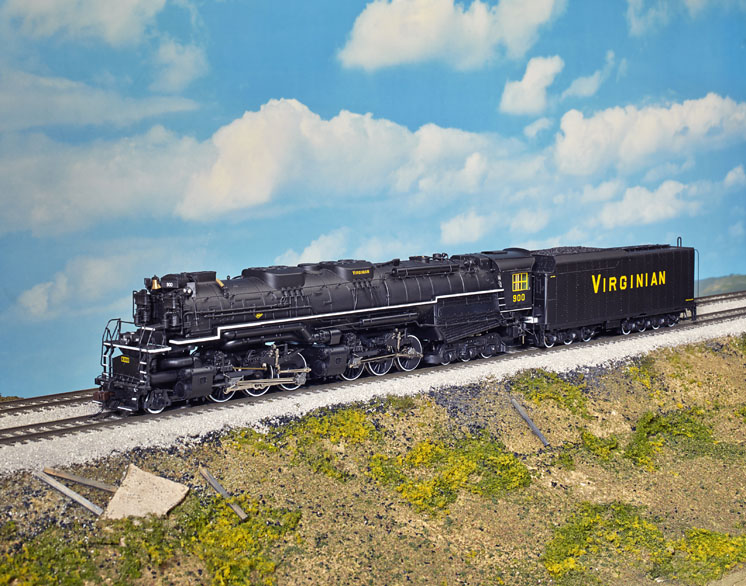
The engineer’s side of the Blue Ridge shows the HO scale model’s many separately applied detail parts Famous as Alleghenies on the Chesapeake & Ohio, Lima-built 2-6-6-6 simple articulated steam locomotives also ran on the Virginian Ry. Rivarossi added a newly tooled tender to its HO scale 2-6-6-6 to more accurately reflect the Virginian Blue […]
Read More…
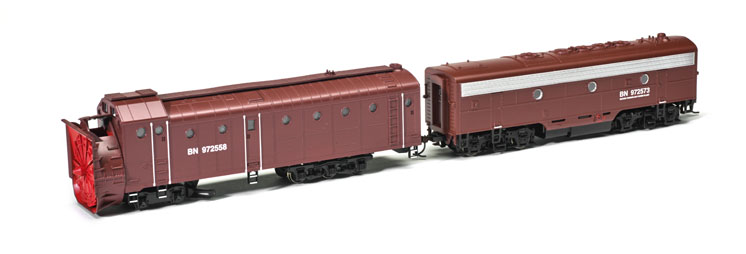
Price: $84.98 to $86.98 Manufacturer: Athearn Trains 1600 Forbes Way, Suite 120 Long Beach, CA 90810 www.athearn.com Era: 1950 to present Road names: Burlington Northern; Alaska RR; Atchison, Topeka & Santa Fe; Canadian National; Chicago, Burlington & Quincy; Milwaukee Road; New York Central Comments: Another round of Athearn rotary snowplows is ready to keep HO […]
Read More…








